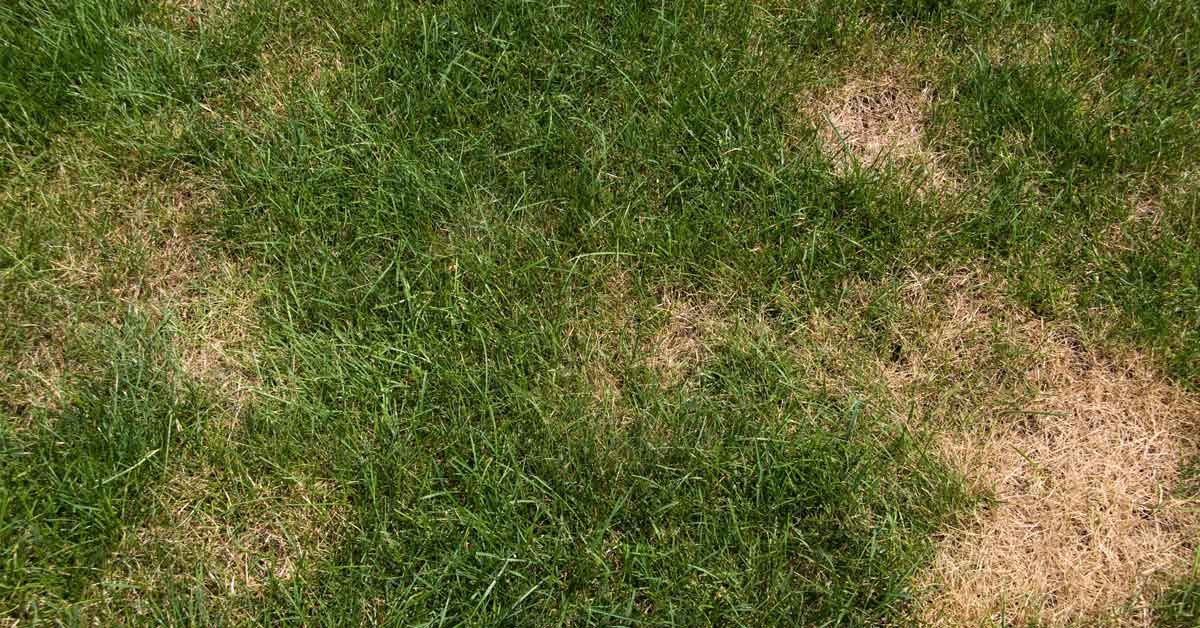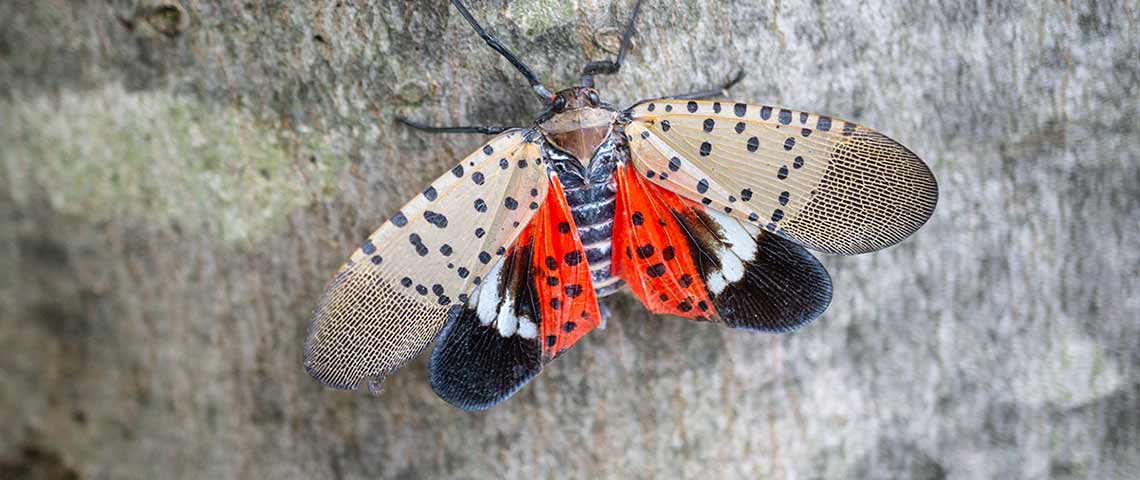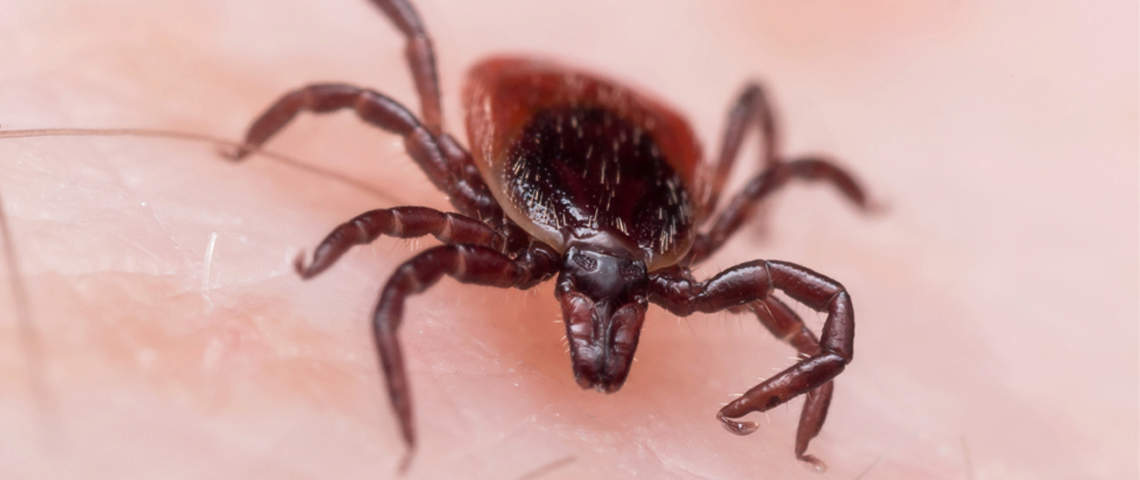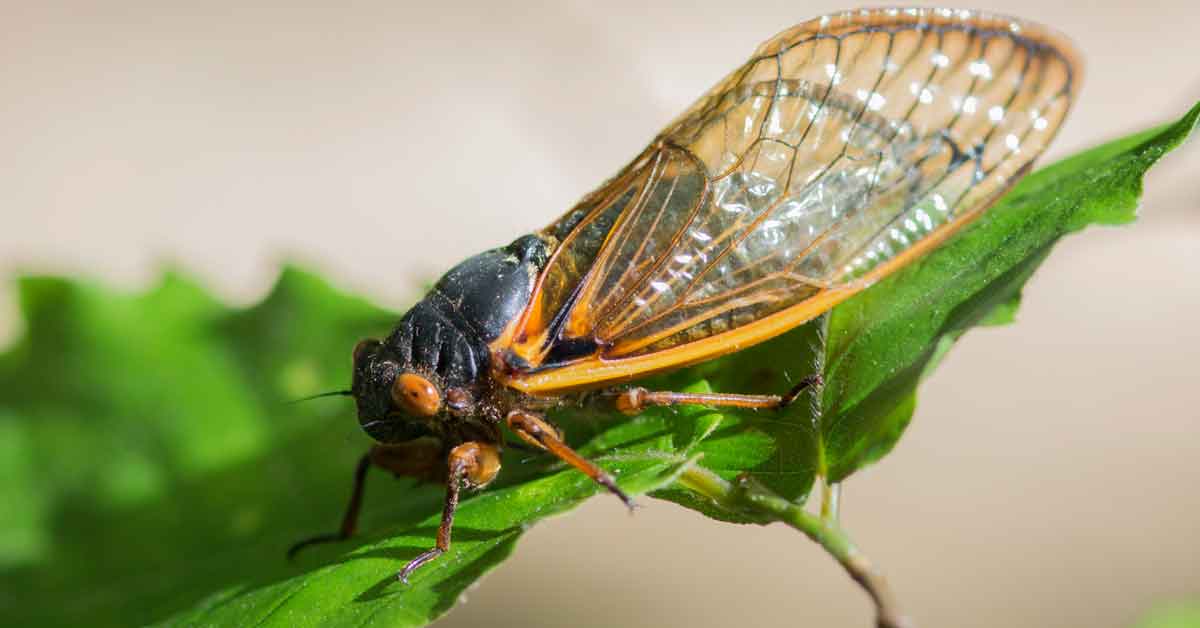How to Detect and Treat Common Lawn Pests
When your lawn is thick, healthy and emerald green, it's one of the most inviting parts of your home landscape. But when your turf is brown and sickly due to pest invasion, it quickly loses its appeal. Learning about the various pests that threaten your grass – and then arming yourself with an effective treatment plan – will help ensure your lawn stays healthy and beautiful.
The best way to control lawn pests is to identify them correctly, get to know their life cycles and symptoms, then treat them promptly and properly at optimal times. The following pests can cause significant damage to your lawn:
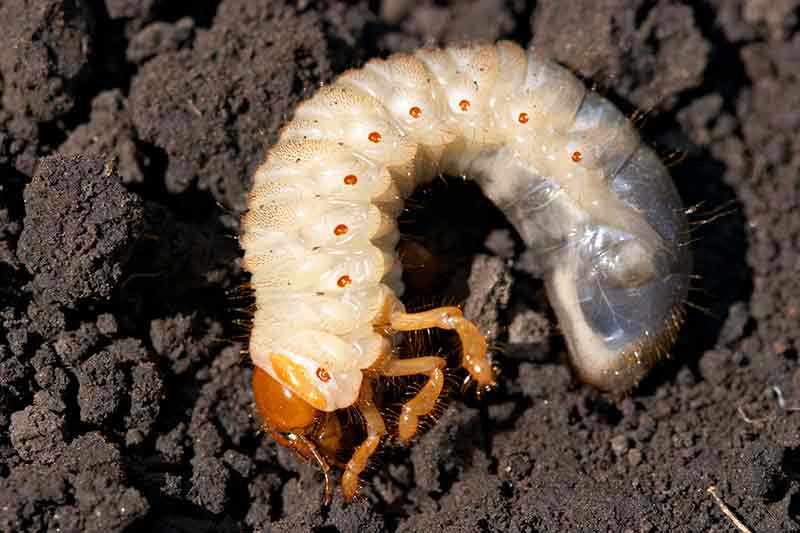
Grubs
Among the most damaging of all lawn pests, white grubs (Phyllophaga species) are the larvae of a wide variety of scarab beetles, including masked chafers and Japanese beetles. In the spring, summer and early fall, these plump, C-shaped larvae feast on lawn grass roots just below the soil surface.
- Grub life cycle: White grubs that become common beetles, such as masked chafers, complete their life cycle in one year. In midsummer, adult beetles mate and the female beetles eventually lay eggs in the soil. These eggs hatch in two weeks and the new grubs soon begin feeding on grass roots. By fall, with cold weather approaching, the maturing grubs burrow several inches into the soil and go dormant for winter. As the ground warms in early spring, the white grubs make their way to the soil surface and begin feeding on grass roots again. In early summer, they stop eating and pupate, transforming into adult beetles.
- Grub symptoms: Grub damage begins with signs of wilted grass blades, followed by brown turf patches and eventual death. Spongy, grub-damaged turf lifts easily off the soil in spring and summer to reveal grubs underneath. If you see crows, skunks or moles feeding on your lawn, they are most likely searching for a grub meal.1
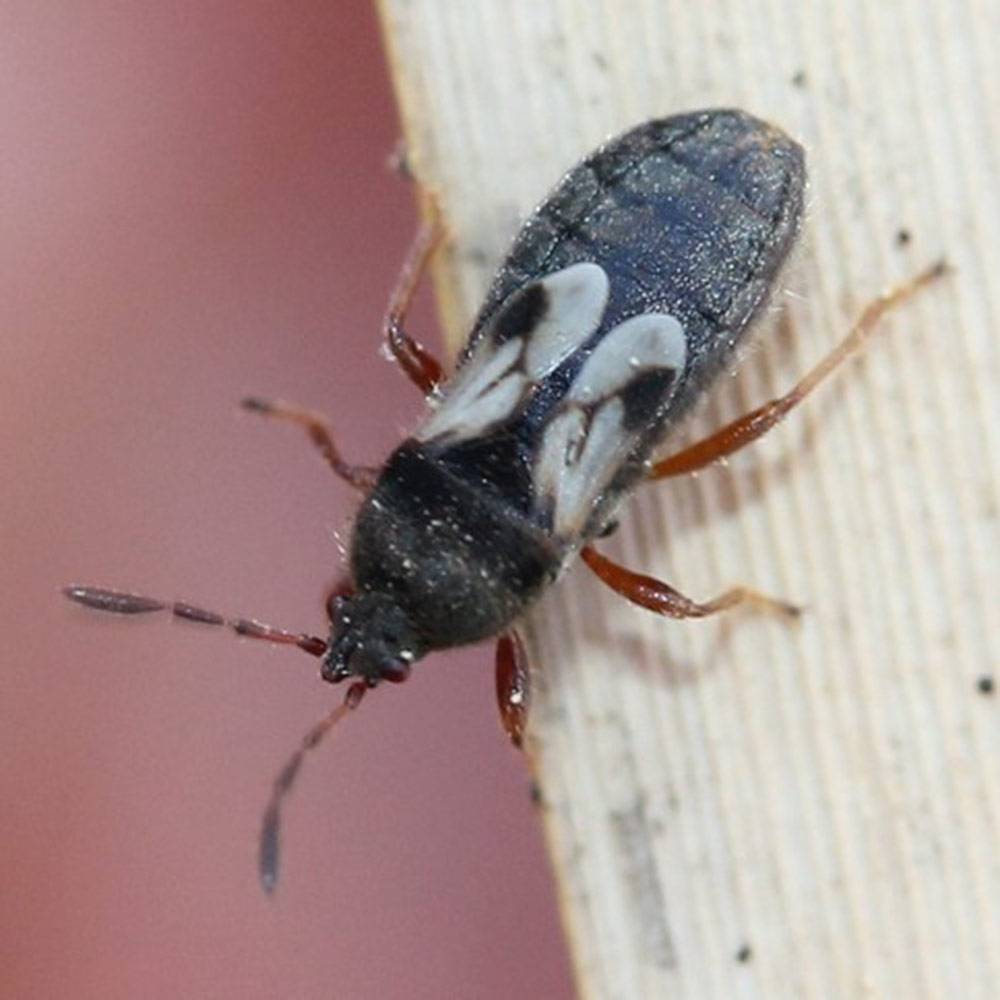
Chinch Bugs
Turf grass can be attacked by several types of chinch bugs, which inhabit different areas of the country. Chinch bugs are sap-sucking insects that feed on grass. Several types of chinch bugs cause lawn problems, including the hairy chinch bug commonly found across a wide range of the country. While feeding, chinch bugs secrete a substance that causes grass to stop absorbing water. As a result, the grass withers and dies.
- Chinch Bug Life Cycle: Chinch bugs lay eggs in grass and produce at least two generations from spring to early fall, when the weather begins to cool. Their eggs hatch in 20 to 30 days, and the young bugs (known as nymphs) soon begin feeding on the grass. The nymphs mature in four to six weeks and then mate, repeating the cycle of life. When the weather cools in fall, adult chinch bugs seek shelter at the base of grass stems, where they remain inactive until weather warms the following spring.
- Chinch Bug Symptoms: Chinch bug damage to lawns is most visible from June to September, when the bugs are actively feeding. Irregular patches of turf first take on a purple tinge, and then wilt, yellow and turn brown. Due to the wilting and dryness of the grass, the damage is often mistaken for drought stress, but closer inspection will reveal the true culprit.2
Sod Webworms
Sod webworms are the turf-damaging larvae of the sod webworm moth. The young sod webworm matures to about 1 inch in length and becomes brown or green in color with dark spotting. The dingy, gray-tan adult moth has a distinctive protrusion that looks like a double snout.
- Sod Webworm Life Cycle: Sod webworms have two to three generations each year in the spring and summer. Adult webworm moths lay eggs on grass blades at night; the eggs hatch within seven days. Young webworm larvae feed at night and hide during the day in silken burrows they create in the grass. In five weeks, they transform into adult moths.
- Sod Webworm Symptoms: Sod webworms eat grass blades and entire stems, leaving brown patches behind. Their damage is swift and extensive. The turf is often riddled with holes from birds foraging for worms, and silken tunnels are found at turf level.3
Armyworms
As the name implies, armyworms do battle with your lawn. These 1- to 2-inch-long pests vary in color from gray to yellow to pink, depending on type. Armyworms turn into brown moths that are easy to distinguish at night. As they gravitate toward light, they reveal their furry abdomens.
- Armyworm Life Cycle: Armyworms produce two to three generations throughout the spring and summer months. The adult armyworm moths lay clusters of small, white eggs that hatch within a week. The wormlike larvae then feed for two to three weeks before turning into moths.
- Armyworm Symptoms: Armyworms eat grass blades and stems, and they skeletonize leaves on other plants as well. They generally take shelter from sun and heat during the day and feed most heavily on your lawn in the evening, at night or in the early morning. As the worms eat the grass, they create circular bare spots in lawns. When invasions are heavy, the lawn appears to move.4
Cutworms
Several species of cutworms exist. Most are about 2 inches long and are gray or brown with some striping. The adult moths are a dull gray with brown or black markings.
- Cutworm Life Cycle: Adult cutworm moths lay eggs in the spring on the tips of grass blades. The eggs hatch into worms, which feed during the night and stay hidden during the day. After feeding for two to four weeks, the worms become moths. This reproduction cycle repeats three to six times a year, depending on the region. Areas with mild winters experience more reproduction cycles.5
- Cutworm Symptoms: Cutworms shelter in underground burrows during the day and emerge at night to feed at the base of grass, biting stems completely off. Both the burrows and sheared-off grasses are visible on closer examination. Short grasses are often hit hardest, with damage leading to dead spots in the yard.
Effective Lawn Pest Control
Lawn pest damage often goes unnoticed and unchecked until major damage occurs. Fortunately, you can quickly and efficiently control and prevent pests such as cutworms, armyworms, sod webworms, grubs and chinch bugs with the help of GardenTech Sevin brand insecticides.
Sevin Insect Killer Lawn Granules kill more than 100 insect pests by contact, working above and below the surface. This highly effective answer to lawn pest problems won't harm plants, blooms or lawn when used as directed. Use it on fruit and vegetable gardens, ornamental and flower gardens and around your home perimeter as well. These granules keep killing insect pests and protecting for up to three months.
Sevin Insect Killer Ready To Spray and Sevin Insect Killer Concentrate treat more than 500 types of lawn and garden pests, including damaging moths and beetles. Tough on pests but gentle on gardens, these economical, easy-to-use liquid concentrates kill by contact and provide up to three months of continuous protection against listed pests.+
A pest-free lawn is a pleasant place for family and friends to gather and enjoy your outdoor spaces. Keep an eye out for these common turf nuisances and act promptly when they strike. With the help of GardenTech brands and Sevin garden insecticides, you can control common lawn pests and stop them in their tracks.
+Except fire ants, fleas, ticks and mosquitoes
Always read product labels thoroughly and follow instructions, including guidelines for listed plants and pests, application frequency and pre-harvest intervals (PHI) for edible crops.
GardenTech is a registered trademark of Gulfstream Home and Garden, Inc.
Sevin is a registered trademark of Tessenderlo Kerley, Inc.
Sources:
1. Paul Heller, "White Grubs in Home Lawns," PennState College of Agricultural Sciences, May 2006.
2. David J. Shetlar and Jennifer Andon, "Chinch Bugs in Turf Grass," The Ohio State University Extension, January 2012.
3. Paul Heller, "Sod Webworms in Home Lawns," PennState College of Agricultural Sciences, January 2007.
4. "Armyworms Invade Lawns," PennState College of Agricultural Sciences, June 2012.
5. Pat Vittum, "Cutworms," University of Massachusetts Amherst, May 2011.
PHOTO CREDIT:
Even Dankowicz, licensed under CC BY 4.0
Get Monthly Gardening Advice!

